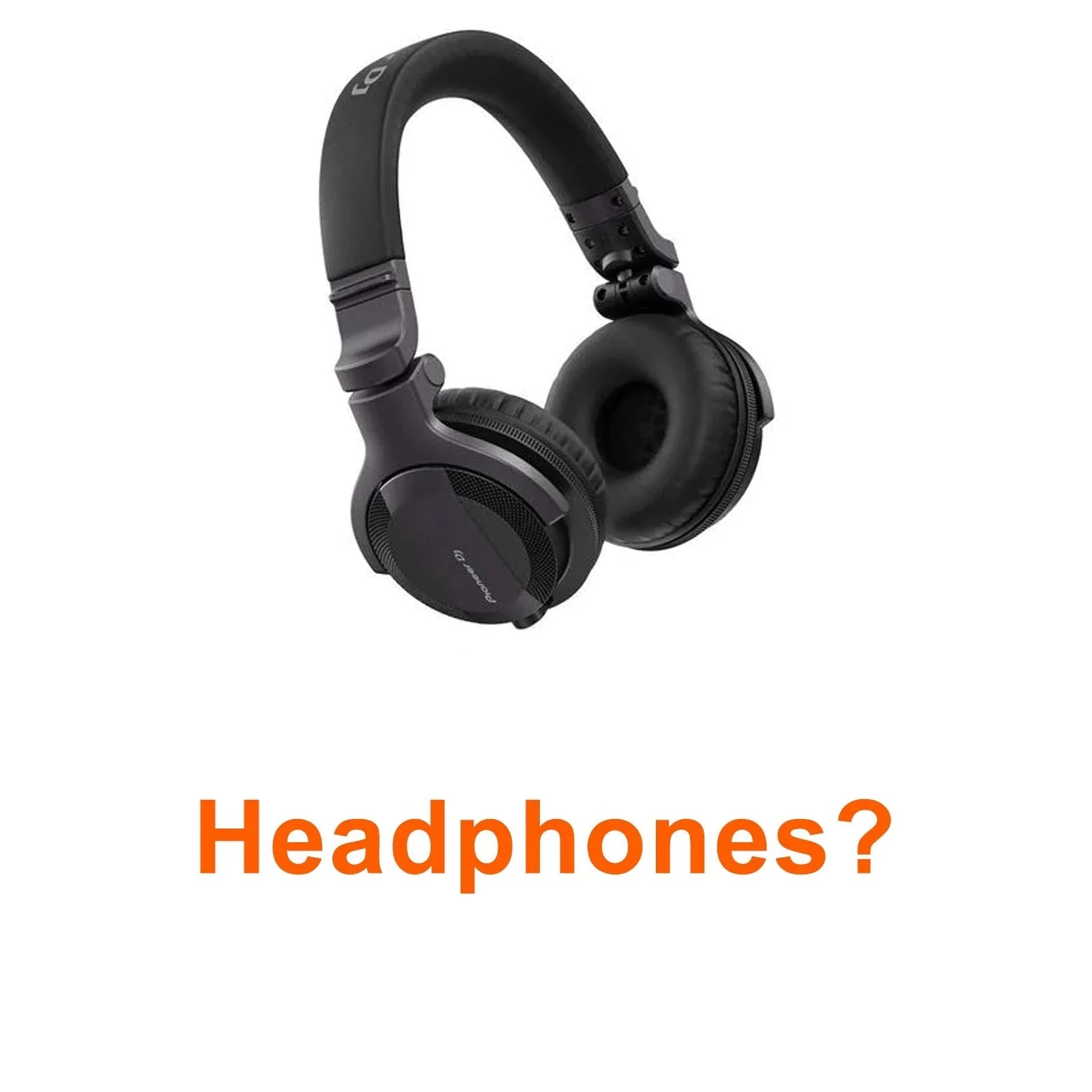Over-Ear vs. On-Ear vs. In-Ear Headphones: Which One is Right for You? 🎧
When it comes to choosing the perfect headphones, the options can be overwhelming. Whether you’re a music lover, a podcast enthusiast, a gamer, or someone looking for comfort and style, selecting the right type of headphones can make a huge difference in your listening experience. Over-ear, on-ear, and in-ear headphones each come with their own unique benefits, and knowing the differences can help you make an informed decision.
In this post, we’ll break down the key differences between these three types of headphones, exploring their pros and cons, ideal use cases, and which type might be best for your specific needs.
1. Over-Ear Headphones: Maximum Comfort and Sound Quality 🎶
Over-ear headphones are often considered the gold standard for comfort and sound quality. As the name suggests, these headphones cover your entire ear, creating a more immersive experience.
Key Features:
-
Design: Over-ear headphones have large ear cups that fully enclose the ear. The ear pads are typically cushioned, making them comfortable for extended listening.
-
Sound Quality: Because they cover the entire ear, over-ear headphones tend to offer superior sound isolation, which leads to better sound quality. They can provide deep bass and clear high frequencies, making them perfect for audiophiles or anyone who wants the best listening experience.
-
Comfort: These headphones are designed for comfort, especially during long listening sessions. The padding on the ear cups and headband distributes the weight evenly, preventing discomfort even after hours of wear.
Best For:
-
Home use: Ideal for studio work, gaming, or listening to music in a controlled environment.
-
Sound quality: Excellent for people who prioritize audio fidelity, such as music producers, sound engineers, or anyone who loves high-quality audio.
Cons:
-
Size and portability: Over-ear headphones are larger and bulkier, which makes them less portable than on-ear or in-ear options.
-
Heat: They can get a bit warm around the ears after extended wear, especially in hot weather.
2. On-Ear Headphones: Compact and Comfortable for Everyday Use 🎧
On-ear headphones sit on top of your ears rather than completely covering them. These are a popular choice for people who want the benefits of over-ear headphones but with a more compact and portable design.
Key Features:
-
Design: On-ear headphones feature smaller ear cups that rest on the ear. While they don’t provide the same level of coverage as over-ear headphones, they still offer a good balance of comfort and sound quality.
-
Sound Quality: On-ear headphones typically deliver clear, balanced sound, but they might not offer the deep bass and noise isolation that over-ear models can provide. However, they still provide a satisfying listening experience for most people.
-
Comfort: These headphones are usually lighter than over-ear models, making them more portable and less bulky. They are generally more breathable, so your ears won’t get as hot as with over-ear headphones.
Best For:
-
Traveling: Great for commuting, air travel, or anyone who wants a balance between comfort, sound quality, and portability.
-
Casual listening: Ideal for people who want to listen to music, podcasts, or take calls without feeling weighed down by bulkier over-ear headphones.
Cons:
-
Sound leakage: Since they don't create a seal around the ear, on-ear headphones may leak sound, which means they are less effective at isolating you from external noise.
-
Comfort: While lighter, they may cause discomfort for extended periods, especially if the headband is too tight.
3. In-Ear Headphones (Earbuds): Portable and Discreet for Active Lifestyles 🎶👂
In-ear headphones, commonly known as earbuds, are the smallest and most portable type of headphones. These fit directly into the ear canal, offering a more discreet and lightweight option compared to the other two types.
Key Features:
-
Design: In-ear headphones have small, ergonomic ear tips that fit inside the ear canal. Some models come with multiple sizes of ear tips to ensure a snug and comfortable fit.
-
Sound Quality: In-ear headphones can provide impressive sound quality, but they tend to lack the bass depth and fullness of over-ear headphones. However, with advances in technology, many high-end models can deliver surprisingly good sound.
-
Portability: The biggest advantage of in-ear headphones is their compact size. They’re easy to carry around, making them perfect for on-the-go lifestyles. They’re also more discreet than over-ear or on-ear headphones.
Best For:
-
Exercise and sports: Ideal for running, cycling, or working out due to their compact and secure fit.
-
Commuting: Perfect for those who need something portable to use on the go—whether it’s for walking, cycling, or train rides.
-
Traveling light: Earbuds are great for travelers who don’t want to carry bulky headphones but still want decent sound quality.
Cons:
-
Comfort: Some people find in-ear headphones uncomfortable after prolonged use, as they sit directly inside the ear canal.
-
Sound isolation: Although some high-quality models provide good noise isolation, many in-ear headphones don’t block external sound as effectively as over-ear headphones.
Which Type of Headphones is Right for You? 🎯
Choosing between over-ear, on-ear, and in-ear headphones depends largely on your specific needs and lifestyle. Here are a few things to consider:
-
For Superior Sound Quality and Comfort: If you’re after the best possible sound experience and comfort during long listening sessions, over-ear headphones are the way to go.
-
For Portability and Versatility: If you want something that strikes a balance between comfort and portability, on-ear headphones are a solid choice.
-
For Active Lifestyles and Travel: If you need something lightweight, portable, and discreet for on-the-go use, in-ear headphones (earbuds) are your best bet.
No matter your choice, all three types of headphones come in a range of styles and prices, so you can always find something that fits your needs, whether you're working out, commuting, or enjoying music at home.
Conclusion: Finding Your Perfect Fit 🎶💡
Choosing the right type of headphones comes down to your priorities: sound quality, comfort, portability, and specific use cases. Each type—over-ear, on-ear, and in-ear—has its own advantages and drawbacks. Take some time to think about how you’ll be using them, and choose accordingly.

